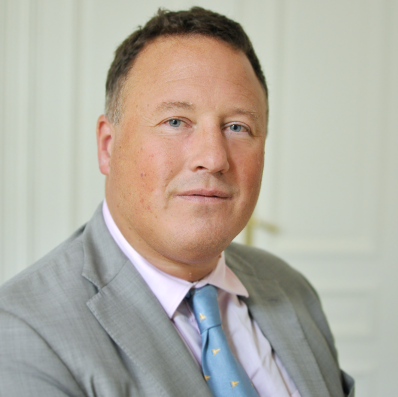For four days in September each year senior officials from 53 European and Central Asian countries meet to discuss health policy (and also to network). They make speeches, vote on resolutions and receive briefings. They also discuss the budget, strategy and actions of the World Health Organization (WHO). Welcome to the WHO’s Regional Committee for Europe, one of the six key regional meetings WHO holds every autumn[1]. Here you can see health diplomacy in action, and get a feel for the interplay between WHO and its Member States.
The Committee’s 2016 meeting took place in Copenhagen from 12 to 15 September. It was opened by Danish Royalty and several Ministers of Health put in an appearance. Mostly, though, it was hard grind rather than high diplomacy. The core business at hand was debating WHO’s budget for 2017 and 2018 and the Organization’s new global Emergency Programme. The two topics are very much linked, as WHO is proposing a 10% increase to its core budget in order to beef up WHO’s capacity to respond to major health emergencies. The need for more global resources to respond to health emergencies was painfully illustrated to the world during the 2014 – 2015 Ebola epidemic in West Africa. In principle, there is wide consensus that WHO is that natural home, at international level, for those resources. However, getting countries to agree that something is important and getting them to put money on the table are two different things. Margaret Chan, Director-General of WHO, was at the Copenhagen meeting, along with WHO’s Regional Director for Europe Zsuzsanna Jakab, to press the case for change. Some countries were willing to contemplate a budget increase, others said they needed more information or more analysis. Europe is home to some of WHO’s main donor countries and Dr Chan is due to step down in May 2017. Throwing caution to the wind, Dr Chan went for the hard sell. The amount of money we are arguing over – some $96 million a year – is “peanuts” in terms of the overall UN budget. This is really a test of whether countries want a stronger WHO. The European countries agreed to have further talks with WHO over the coming months. This is what progress feels like in the world of health diplomacy.
Sending teams into the field to control outbreaks, or respond to emergencies is just one small – if vitally important – strand of WHO’s work. Other area of activity include: producing standards, developing technical advice and – looking at the output of WHO’s various Committees and Assemblies – adopting plans and target. During the Committee’s discussions on 12 – 15 September participants repeatedly referenced the UN’s Sustainable Development Goals (to be met by 2030) and the WHO European Region’s Health 2020 strategy (with goals for 2020). There was mention of the Moscow Declaration of 2011 (on Non-Communicable Diseases), the Minsk Declaration of 2015 (on the Life Course Approach to Health) and myriad other strategies and resolutions. Several countries said it would be helpful to have more cross linking and coherence between these various targets and strategies. A few ventured that it might even be better to have fewer targets and strategies. However, by the end of their four days together the Regional Committee for Europe had endorsed a total of seven strategies and action plans. These covered subjects ranging from viral Hepatitis in the European region through to the use of evidence, information and research for policy making.
At the end of all the discussion, what difference had any of this made? Is there any real impact from a WHO Regional Committee adopting an action plan or passing a resolution? After all, aside from the budget discussions, none of these outputs are legally binding on member countries. WHO cannot drag them in front of an international court if a country fails to meet a WHO health target. It is also worth noting that WHO action plans tend to be drafted in quite a flexible manner. When the European countries debated Non-Communicable Disease at the 12 – 15 September Regional Committee Germany emphasised the efforts it is making in the areas of health promotion and also early diagnosis and treatment, Kyrgyzstan reported on its tobacco control programme while Slovenia invited countries to attend the 7th European Alcohol Policy Conference, which it will be hosting in Ljubljana in November. So the passing of a WHO resolution or action plan does not instantly produce an identical set of health policies across Europe. Equally, though, these things set the policy agenda. Along with the traditional public health villains of “Big Tobacco” and the alcohol industry, the food industry features prominently in the WHO European Region’s action plan on Non-Communicable Diseases[2]. In September 2016 it may only have been Malta that focused on the food industry in its intervention in the debate (obesity will be one of the health priorities of the upcoming Maltese Presidency of the EU in 2017). This may not be the case in future years: “Big Food” is squarely in the sights of the public health technocrats.
[1] The five other WHO Regions are Africa, the Americas, South-East Asia Region, Eastern Mediterranean Region and Western Pacific Region. For a list of the 53 member countries of the WHO European Region see https://goo.gl/eEiSC3
[2] See document EUR/RC66/11 Action plan for the prevention and control of noncommunicable diseases in the WHO European Region at https://goo.gl/LcUXMk
